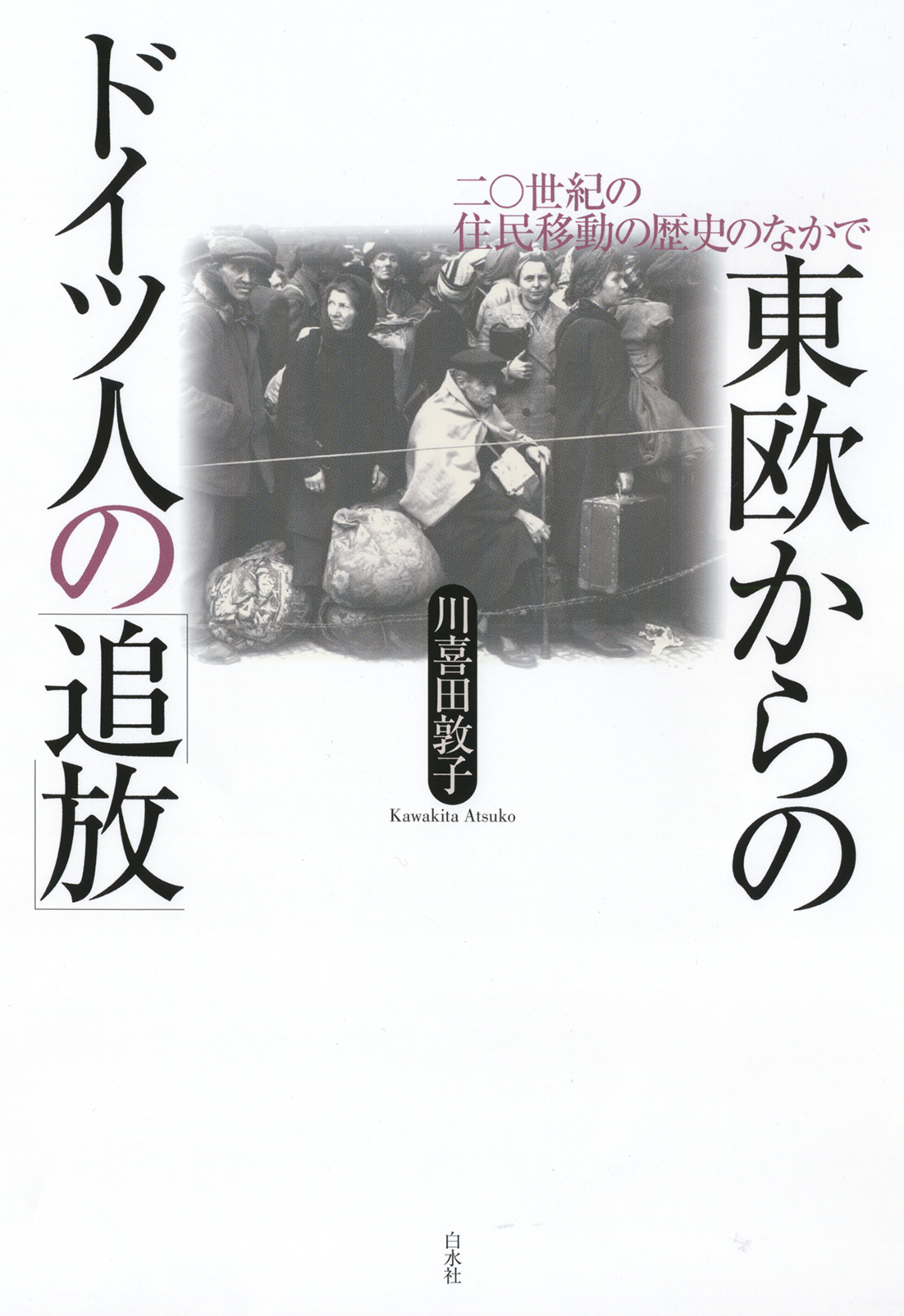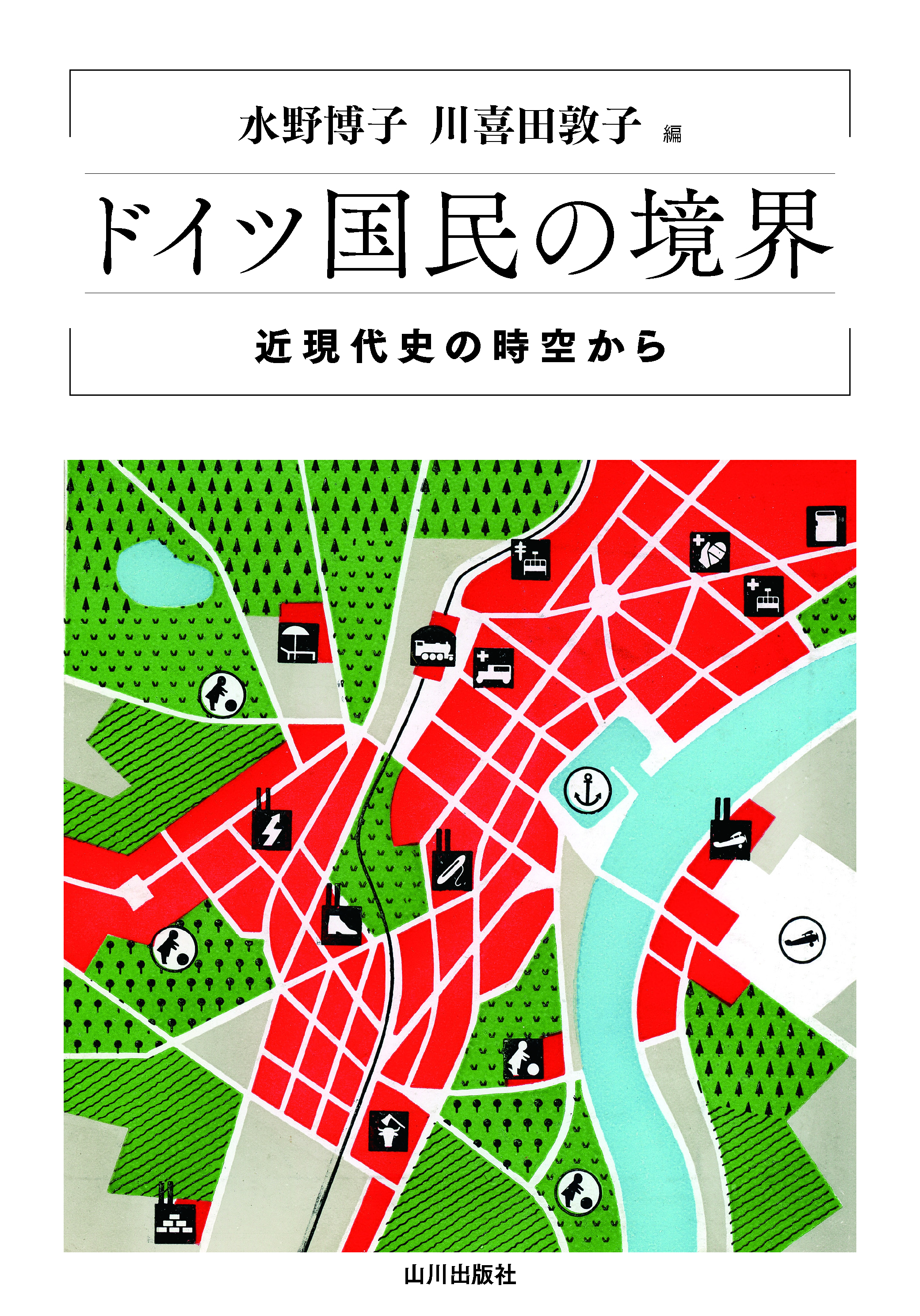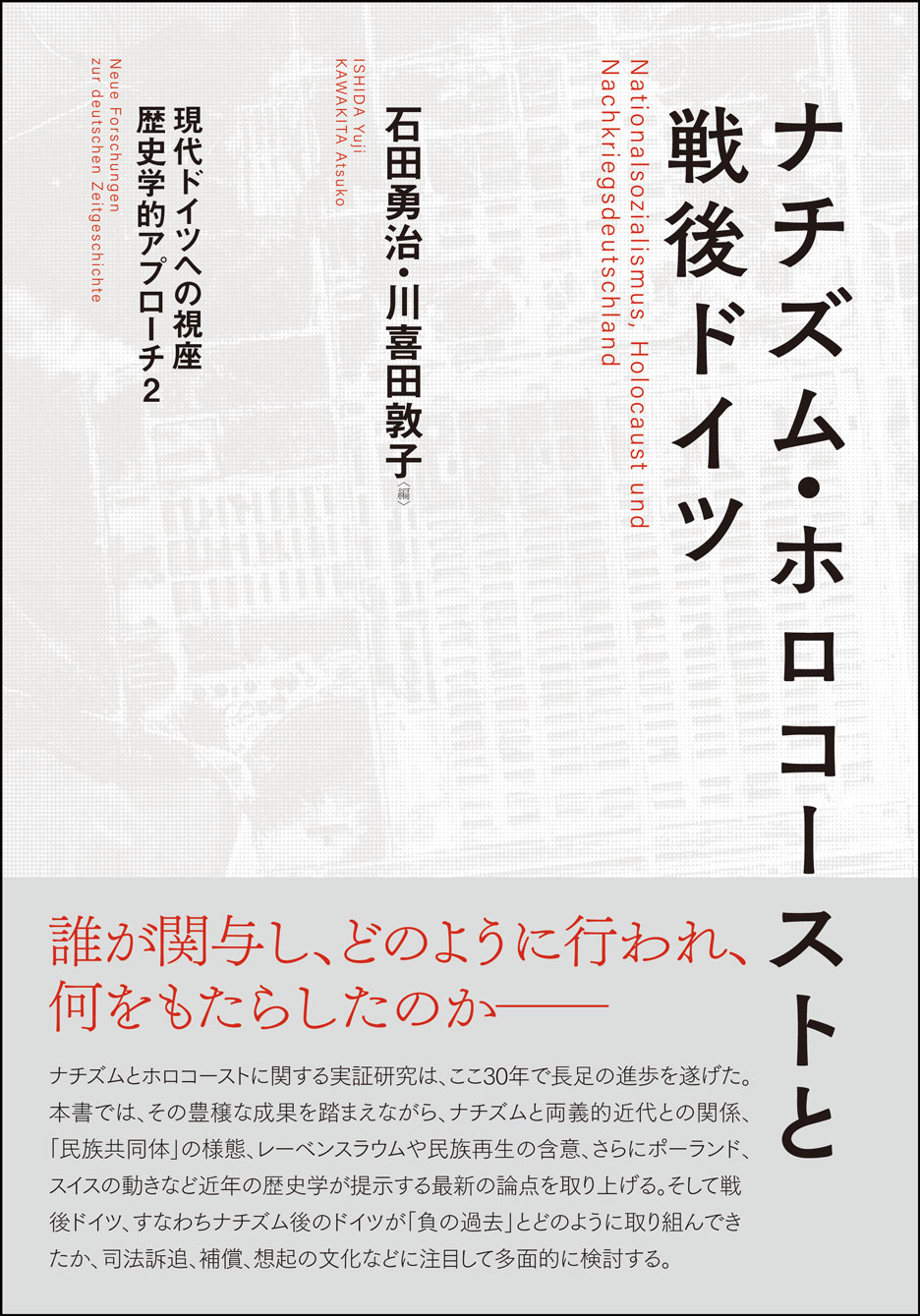
Title
Touou kara no Doitsujin no Tsuihou (The “Expulsion” of the German Population from Eastern Europe - Rethinking the History of Population Transfers in the Twentieth Century)
Size
384 pages, 127x188mm
Language
Japanese
Released
March 26, 2019
ISBN
9784560096901
Published by
Hakusuisha
Book Info
See Book Availability at Library
Japanese Page
It is widely known that numerous Japanese people were repatriated from various areas of Asia after World War II. However, not many Japanese people are aware of the large-scale population transfer that occurred in Germany during the same period. This population transfer is commonly known as the “expulsion” in Germany. Under harsh conditions with rampant arbitrary killings, plunder, and sexual violence, 12 million Germans from all over Eastern Europe were forced to migrate to Germany. This is one of the largest migrations in human history, second only to the exodus of forcibly displaced people during the Partition of India and Pakistan.
This book sheds light on the forced migration of Germans during the long history of nation-state building and population transfers in Europe, and examines the possible implications of this historical experience for coexistence in today’s world, abound with immigrants and refugees. The idea that building an ethnically homogenous state through the migration of ethnic minorities would lead to regional stability was prevalent in Europe during the first half of the twentieth century. Following the Greco-Turkish War, Greece and Turkey agreed upon a population exchange at the Lausanne conference (1923), which was among the first of its kind and consequently set the standard for population transfer as a potential solution to ethnic problems. The ethnic migration policy under National Socialist Germany, which sought to expel the non-German population in the occupied territories in Eastern Europe in exchange for bringing over German inhabitants—and ultimately radicalized into the genocide of the Jews—could also be considered as an attempt to establish a new ethnic order consisting of ethnically homogenous states. After World War II, various ethnic groups throughout Eastern Europe were forced to migrate. The largest population transfer at that time was the forced migration of the German population.
The second half of the book describes how displaced Germans were integrated in postwar Germany. West Germany, which had lost its territory and was subsequently divided into East and West, successfully integrated the German “expellees” into West-German society in the midst of a “miracle” postwar economic recovery. Subsequently, West Germany continued to prioritize German immigrants leaving Eastern Europe in their migration policy for a long time. In the context of the Cold War, the presence of “expellees” and the memory of the “expulsions” were used to criticize the Eastern countries that carried out these “expulsions” and governed the former eastern German territories. Due to the political instrumentalization of the issue, people gradually lost sight of the fact that the national socialist policy of ethnic emigration represented a pre-history of the “expulsion” and that Germans were not the only ones forced to emigrate after World War II. This consequently led to the construction of nationally oriented historical perceptions of “expulsion.”
In the mid-twentieth century, attempts were made to move people on a large scale in order to establish ethnically homogenous states and a stable regional order, based on the premise that people of different ethnic backgrounds cannot coexist with each other. Since the end of the Cold War, countless regional conflicts have broken out around the world, resulting in an overwhelming number of refugees. As long as homogeneity is perceived as a basis of stability, these problems will persist, in both conflict areas and host societies. The era that overtly pursued the ideal of a homogenous state only led to large-scale population transfers and widespread suffering. Reflecting on this history, as well as the deep-rooted misconceptions and distortions of it, we realize the need to seek ways to achieve solidarity and coexistence that do not solely rely on homogeneity. It is my hope that through this book, readers can become aware of the valuable lessons from this facet of German history.
(Written by KAWAKITA Atsuko, Associate Professor, Graduate School of Arts and Sciences / 2020)
Table of Contents
Chapter 1: The Prehistory of “Expulsion”: Nation-State Building and Population Transfers
Chapter 2: Postwar Processing of World War II and Population Transfers
Chapter 3: From Integration to Taboo: The “Settlers” in East Germany
Chapter 4: Redefining the Nation in Post-National Socialist Germany: Legal Integration of Expellees in West Germany
Chapter 5: Postwar Economic Recovery and Social Restructuring: Social and Economic Integration of Expellees in West Germany
Chapter 6: The Pursuit of the Reversion of Eastern Territories: Political Integration of Expellees in West Germany
Chapter 7: Research Projects on “Expulsion” and Integration
Chapter 8: The Lost “German East” and Cultural Preservation of Expellees
Chapter 9: “Expulsion” and Expellees amid the Division of Germany during the Cold War
Chapter 10: “Expulsion” and Expellees in the Process of Confronting the National Socialist Past
Chapter 11: Changing Times and Circumstances: Changes in the 1960s
Final Chapter: The “Expulsion” of Germans in Twentieth Century History
Related Info
Encouragement Award (Japanische Gesellschaft für Deutschstudien June 2020)
http://www.jgd.sakura.ne.jp/syoureisyoukiroku.htm



 Find a book
Find a book




